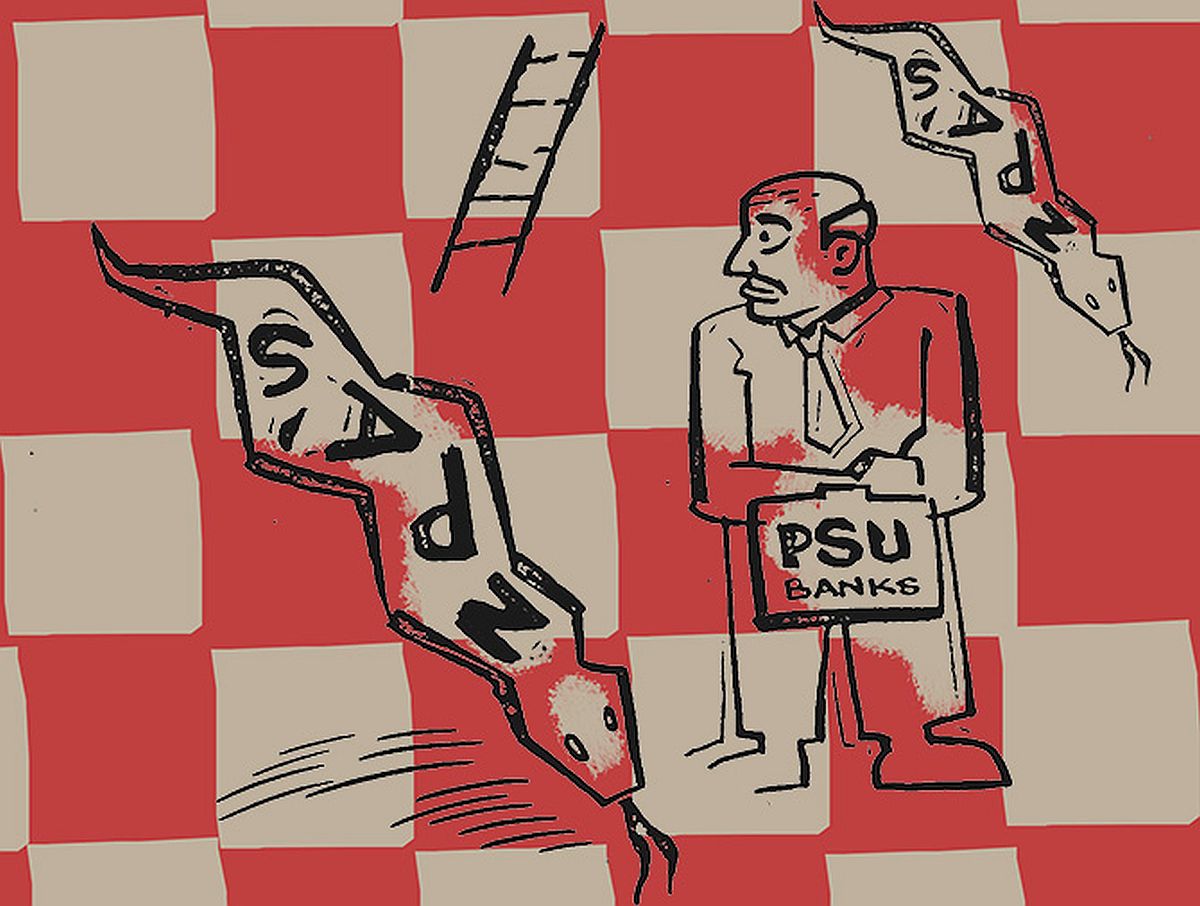The bad assets or gross NPAs of commercial banks fell to a 12-year low of 2.8 per cent in March 2024 and may go down further to 2.5 per cent by the end of the current fiscal, said the RBI's Financial Stability Report (FSR) released on Thursday.

Scheduled Commercial Banks' (SCBs) gross non-performing assets (GNPA) ratio fell to 2.8 per cent, and the net non-performing assets (NNPA) ratio to 0.6 per cent at the end of March 2024.
"The asset quality of SCBs recorded sustained improvement, and their GNPA ratio moderated to a 12-year low in March 2024. Their NNPA ratio too improved to a record low," said the June FSR.
Among bank groups, public sector banks (PSBs) recorded a substantial reduction (76 bps) in their GNPA ratio during H2 2023-24.
While the GNPA stock decreased across all bank groups, active and deep provisioning by PSBs and foreign banks (FBs) resulted in an improved provisioning coverage ratio (PCR) in March 2024, the report said.
The half-yearly slippage ratio (viz, new NPA accretions as a share of standard advances) decreased across bank groups.
Though the amount of write-offs declined during the year, the write-off ratio remained almost at the same level a year ago due to a reduction in GNPA stock, the FSR said.
Overall, it added the sustained reduction in the GNPA ratio since March 2020 has been primarily due to a persistent fall in new NPA accretions and increased write-offs.
The RBI said macro stress tests are performed to assess the resilience of SCBs' balance sheets to unforeseen shocks emanating from the macroeconomic environment.
These tests attempt to assess capital ratios over a one-year horizon under a baseline and two adverse (medium and severe) scenarios.
"The GNPA ratio of all SCBs may improve to 2.5 per cent by March 2025 under the baseline scenario," the report said.
However, if the macroeconomic environment worsens to a severe stress scenario, the ratio may rise to 3.4 per cent.
Under the severe stress scenario, the GNPA ratios of PSBs may increase from 3.7 per cent in March 2024 to 4.1 per cent in March 2025, whereas it may go up from 1.8 per cent to 2.8 per cent for private sector banks and from 1.2 per cent to 1.3 per cent for FBs.
The Financial Stability Report reflects the collective assessment of the Sub-Committee of the Financial Stability and Development Council (FSDC) on the resilience of the Indian financial system and risks to financial stability.
The report further said deposit mobilisation by SCBs gathered pace during 2023-24, with a large portion of new accretions in the form of term deposits.
"Interest rates became more attractive as banks stepped up efforts to mobilise funds to match the rapid rise in credit demand.
"Growth in current account and savings account (CASA) accelerated across all bank groups," the RBI said.
According to the report, bank credit accelerated during H2 2023-24 among public sector banks (PSBs) and foreign banks (FBs), whereas it moderated in respect of private sector banks (PVBs).
The share of credit to the services sector and personal loans in the aggregate loan portfolio increased.
Personal loans accounted for over half of PVBs' credit growth.
The expansion in personal loans was broad-based, led by housing loans and followed by other personal loans.